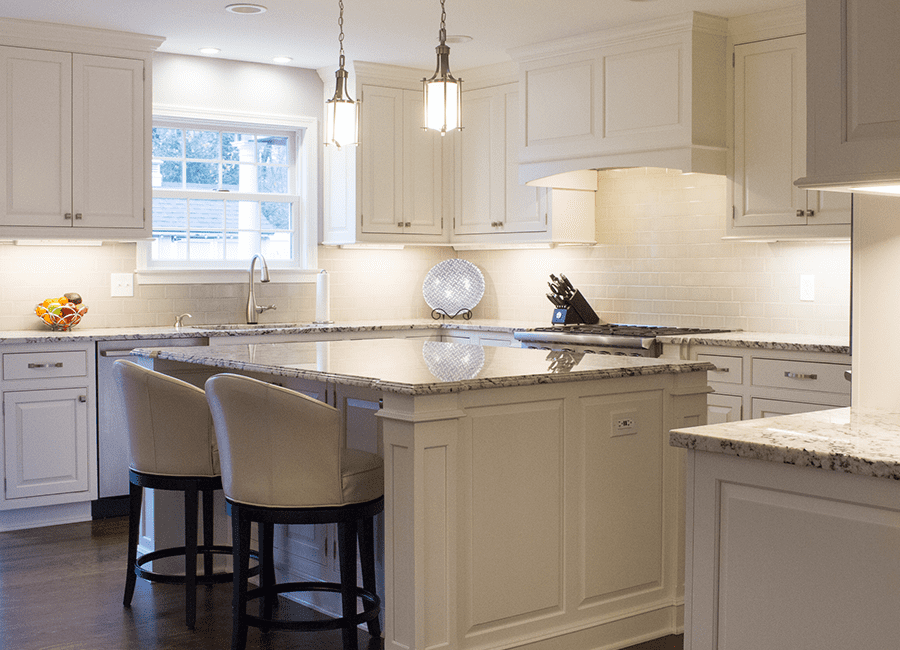I’m guessing you’re no stranger to searching Google for help when using water based wood finishes.
To be sure, there is a lot of great information on the Web.
But there is also a lot of MIS-information.
Even from so-called “experts.”
At best, their statements are “mostly right” (in specific situations).
At worst, they are cringe-worthy and flat-out wrong.
I hate the idea of myths and bad advice ruining your next project.
So, here are my top-5 busted myths about using water based wood finishes…
1. Myth: “Water based wood finishes are unable to provide the “warm” look of oil based finishes.”
Reality: While not all water based wood finishes impart the warmth of their solvent based counterparts, well-engineered hybrid and copolymer water based finishes can offer dramatic wood tone enhancement. The dull, hazy look of first-generation water based finishes should not be evident in a well-designed 21st century formula. Today there are many types of water based finishes, such as our Emtech EM8000cv that can help you achieve almost any look and level of protection you want.
2. Myth: “When using water based wood finishes, you need to sand between each coat for adhesion purposes.”
Reality: Water based wood coatings have very good adhesion qualities and will bond to themselves without sanding if applied within a specific time frame. So, the reason to sand is NOT for adhesion purposes but instead to remove surface defects prior to applying the next coat.
3. Myth: “You cannot use a water based clear coat over Danish Oil.”
Reality: You can put most water based clear coats over Danish Oil as long as you allow the oil to dry for a minimum of 72 hours and then follow up with a light wipe-down of the dried oil with a solution of water and denatured alcohol mixed 1:1. This will remove any remaining spirit oils from the surface that may cause adhesion problems. Doing this, in combination with our EM6000 Production Lacquer makes for a stunning final finish.
4. Myth: “In terms of safety and levels of volatile organic compounds (VOCs) all water based wood finishes are about the same.”
Reality: Again, not all water based wood coatings are alike. Different resins require different levels of co-solvents to allow for film formation. So, while one formula may have a VOC content of 200+grams/liter, another may have less than 20 grams/liter to perform a similar level of protection.
5. Myth: “Oil based wood finishes offer better protection than water based wood finishes.”
Reality: If you hear someone make this blanket statement…run. The truth is, there are a lot of material and situational factors that must be considered to get the best protection for a given project. For example, a lot of people automatically choose oil based polyurethane for their wood floors, but it is often softer and can “dent” easier than water based polyurethane. So, in a room where heavy furniture gets reconfigured frequently (such as a dining room to accommodate different sized groups) a “harder” water based polyurethane may be the better choice.
I hope the above truths help you choose and use the right water based wood finish for your projects.
Have you come across other water based wood finishing myths? Or are you looking for a “definitive answer” to something you’ve read or heard about?
Please share your thoughts or read what others are saying below in the comments section.


